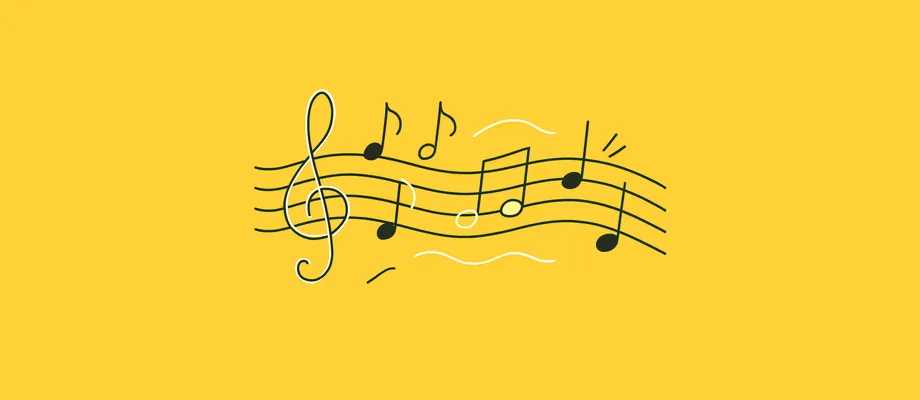
Notes and Scales in Strudel
In Strudel, you can write notes in different ways. For example, using Anglo-Saxon nomenclature, or with their frequencies...
The previous examples sound exactly the same. In reality, the name of the note doesn't matter. It doesn't matter if you call it C, Do, or 261.
The important thing in a melody is not the individual notes. What really matters is the distance between each note.
Remember the example of the staircase. You go up 2 steps, down 1, up 3, and down 2. It doesn't matter if you started on step 10 or step 34. The movement is the same.
With music, it's exactly the same. You can start a song on the note C2 or on any other note. If you maintain the same distances between notes, the melody will be the same.
Examples of the Same Melody
Now let's see how this works in practice. Below, you will see the same melody written in three different ways. You will find that they sound exactly the same.
Example 1: Letter Nomenclature
Here we use the note names with letters:
Example 2: Positions in the Scale
In this second example, we use numbers. Each number represents a position in the scale. Note that we no longer use note() because we are not going to specify which note to play, but rather which position of a scale to play.
Here we have chosen the major scale starting at C4. Therefore, the numbers indicate the position of each note in that scale.
To better understand how these positions work, we would play all the notes of the scale consecutively:
As you will see in the following diagram, the numbers 0 1 2 3 4 5 6 7 correspond to the white circles of our scale.
Specifically, the 0 is the first white circle, the 1 is the second white circle, and so on.
On the other hand, the black keys are outside of our scale. For now, we won't use them. However, later you will learn to play them by adding # to the number. For example, 0# would be the first black circle.
It is important to remember that 0 and 7 are the same note in different octaves: C4 and C5.
Additionally, you can use higher numbers like 8, 9, 10... for higher notes. Or negative numbers like -1, -2, -3... for lower notes.
Example 3: Different Starting Notes
Finally, let's look at a very revealing example. Now we play the same song starting on A4 instead of C4.
Notice something important: not a single number changes. This is because the numbers are positions in the scale. Therefore, the positions do not change even if you change the starting note.
Hit play and you will hear the same song. It may sound a bit deeper because it starts on a lower note. However, the melody is identical even though all the notes are different from the previous example.
If we wanted to play the song from the same note, but lower, we would just change 'A4:major' to 'A3:major'.
Remember that we could play the same song in a minor scale, just by changing A4:major to A4:minor.
En este punto ya sabemos que usaremos una escala menor o mayor dependiendo de que "color" queramos transmitir. Y usaremos posiciones para indicar que notas tocar de esa escala.
Pero... que posiciones tocamos en nuestra melodía? En la siguiente lección veremos que notas suenan mejor con otras. 👉>>
